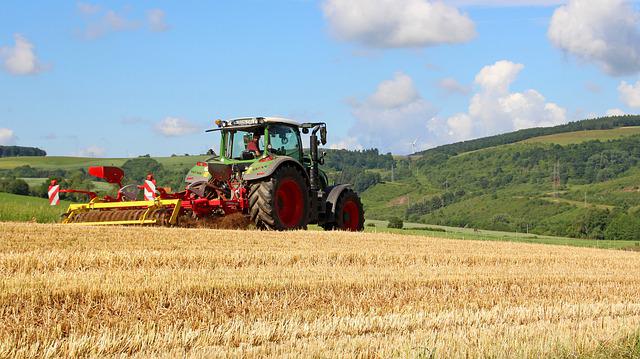The agriculture sector is an important sector of the Indian economy, providing livelihood to more than half of the country’s population. The rural economy relies on this income to provide food security. The government has implemented several agriculture schemes.
National Mission For Sustainable Agriculture (NMSA)
For enhancing agricultural productivity, such as in rainfed areas, the National Mission for Sustainable Agriculture is focusing on integrated farming, water management, soil health management, and synergizing resources.
NMSA, through the adoption of the sustainable development model, will cater to key dimensions of ‘Water use efficiency’, ‘Nutrient Management’, and ‘Livelihood diversification’ of the rural communities by progressively switching to environmentally friendly technologies, using energy-efficient equipment, conserving natural resources, and integrating farming.
E- National Agriculture Market
In order to create a unified national market for agricultural commodities, the National Agriculture Market (eNAM) networks the existing APMC mandis.
The government of India’s Ministry of Agriculture and Farmers’ Welfare has appointed SFAC as the lead agency for implementing eNAM.
By streamlining procedures in agriculture marketing, reducing information asymmetry between buyers and sellers, and promoting the discovery of real-time prices based on actual demand and supply, we can promote uniformity.
Pradhan Mantri Krishi Sinchai Yojana (PMKSY)
The Prime Minister Krishi Sinchayee Yojana is called Har Khet ko Pani
Water conservation and management are high priorities for the Government of India. In this context, Pradhan Mantri Krishi Sinchayee Yojana (PMKSY) has been formed with a vision to ensure more crop coverage. And to make the most efficient use of water ‘More crop per drop’ in a focused manner by offering end-to-end solutions on source creation, distribution, management, and field application.
Paramparagat Krishi Vikas Yojana (PKVY)
Paramparagat Krishi Vikas Yojana (PKVY) was launched by the NDA government in 2015 as an initiative intended to promote organic farming in the country.
According to the scheme, large areas of the country will be converted to organic farming by forming groups or clusters of farmers.
Over the next three years, we plan to establish 10,000 clusters and transition about five lakh acres of agricultural land to organic farming. In addition, the government plans to cover certification costs and use traditional resources to promote organic farming.
Livestock insurance Scheme
The purpose of this scheme is to protect farmers and cattle breeders against any loss of their livestock because of death, demonstrate the benefits of livestock insurance to the people, and make it popular with the aim of achieving qualitative improvements in livestock and livestock products.
Plan for Fisheries Training and Extension
In order to assure the successful implementation of fisheries extension programs, it provided training to the fishery sector.
National Scheme on Welfare of Fishermen
In this scheme, financial assistance was provided to fishermen for the construction of a house, a community hall, and a cooperative working area. A component of the program have used to install tube wells for drinking water and provide assistance during lean periods by continuing to save money.
Micro Irrigation Fund (MIF)
A dedicated fund of Rs5,000 crore has been approved to increase micro-irrigation in order to boost agriculture production and boost farmers’ incomes.
A NABARD entity was established to provide states with this amount at concessional interest rates. In order to promote micro-irrigation, which currently covers only 10 million hectares but has the potential to cover 70 million. The government also launching many schemes if you want to know more sarkari yojana latest news in hindi visit the link.



